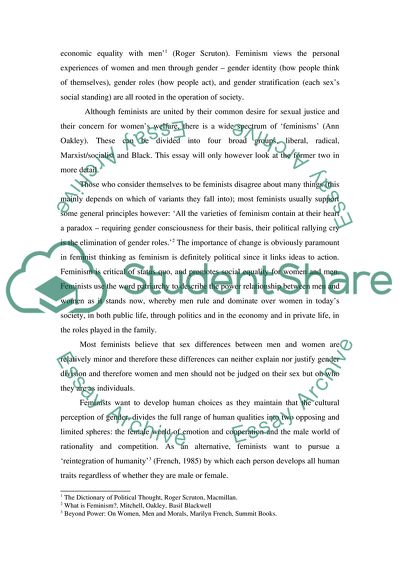Cite this document
(“The Rise Of The Feminist Essay Example | Topics and Well Written Essays - 2000 words”, n.d.)
Retrieved from https://studentshare.org/gender-sexual-studies/1534172-the-rise-of-the-feminist
Retrieved from https://studentshare.org/gender-sexual-studies/1534172-the-rise-of-the-feminist
(The Rise Of The Feminist Essay Example | Topics and Well Written Essays - 2000 Words)
https://studentshare.org/gender-sexual-studies/1534172-the-rise-of-the-feminist.
https://studentshare.org/gender-sexual-studies/1534172-the-rise-of-the-feminist.
“The Rise Of The Feminist Essay Example | Topics and Well Written Essays - 2000 Words”, n.d. https://studentshare.org/gender-sexual-studies/1534172-the-rise-of-the-feminist.


